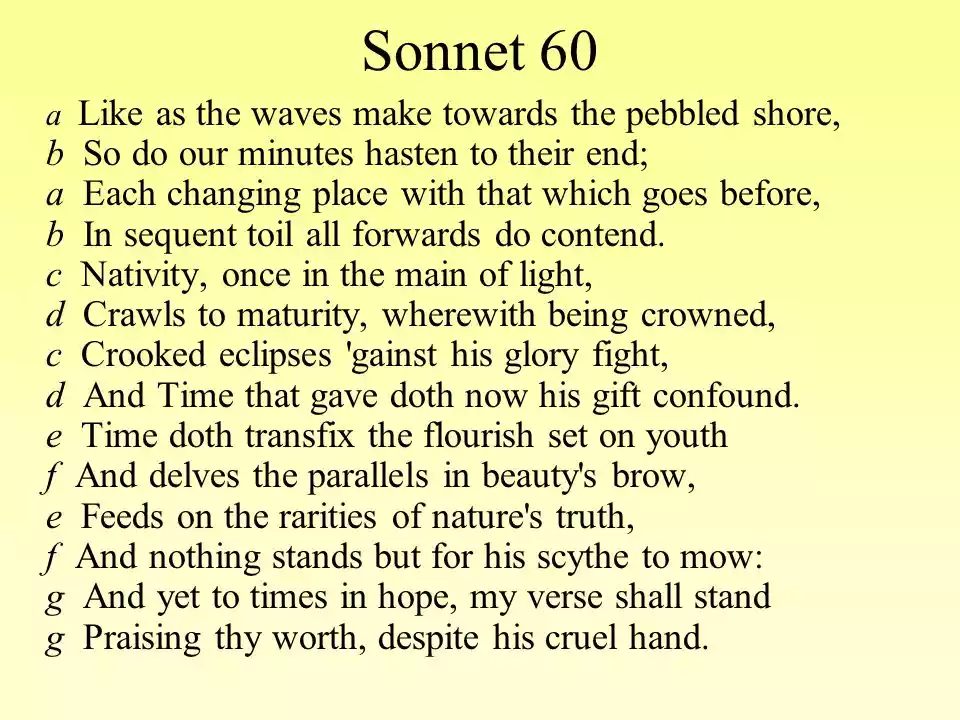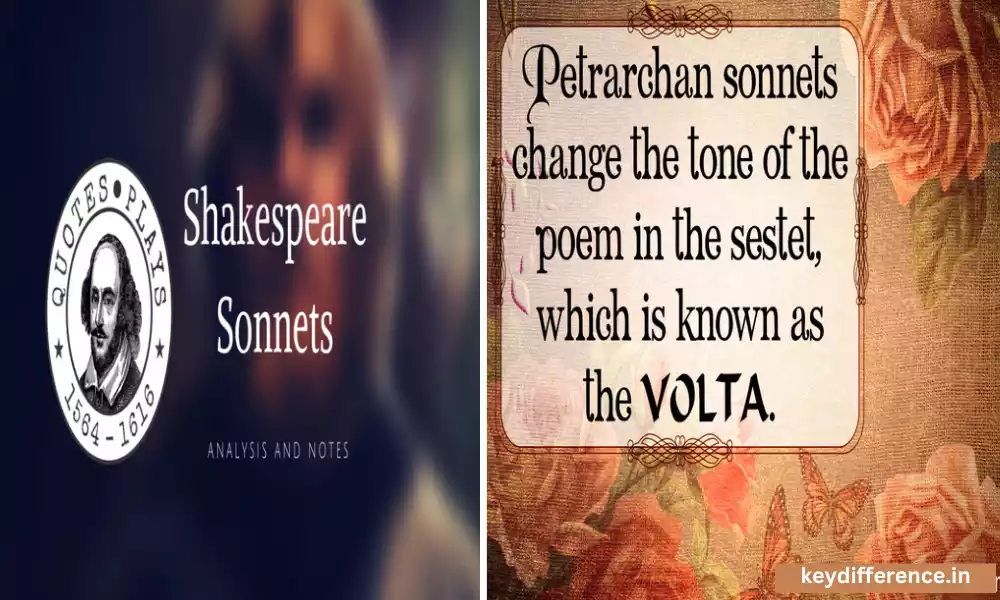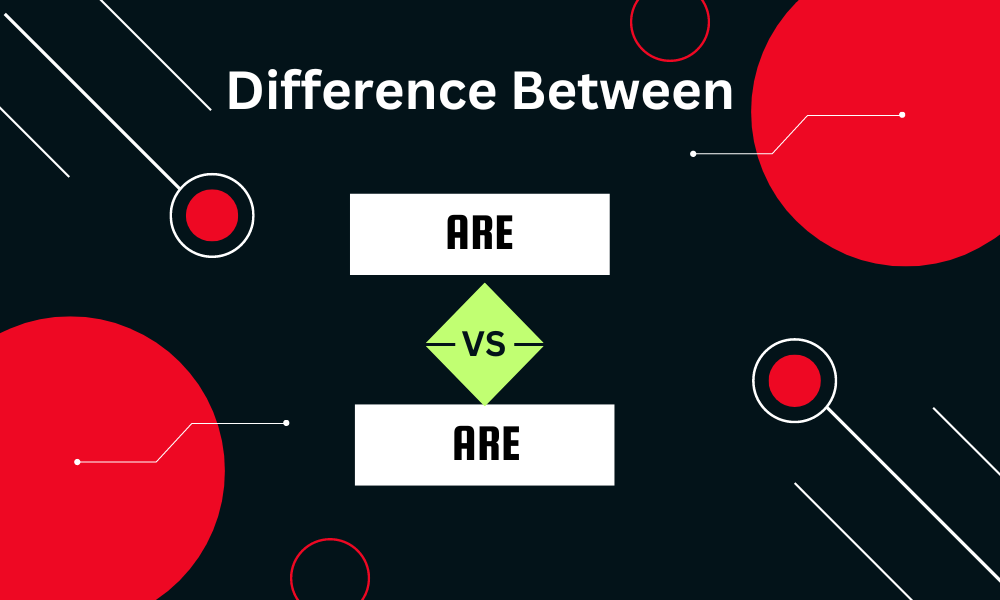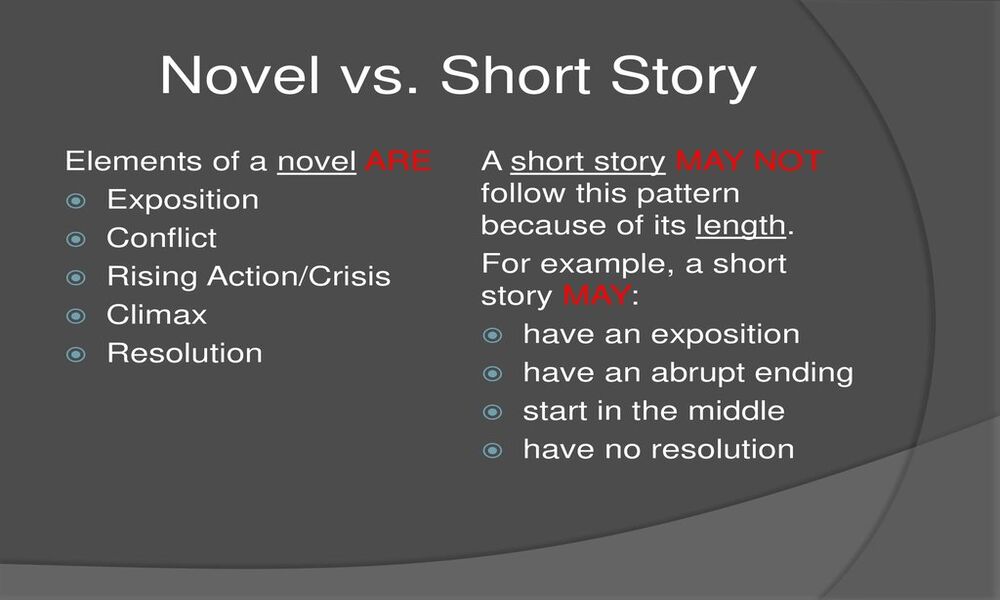Sonnets have long held an alluring lure for poets and readers alike, captivating both through their intricate structures and timeless themes. Two iconic forms of sonnet writing – Shakespearean and Petrarchan sonnets – have come to symbolize love, time, beauty, and other universal human experiences through fourteen-line poems that share common ground as fourteen-line poems
Their structure, rhyme scheme, and themes make them quite distinct from each other. This essay will examine these two sonnet forms further by unpacking some key characteristics that set them apart uncovering their timeless contributions in poetry today.”
Definition of Shakespearean Sonnet
Shakespearean Sonnets, commonly referred to as Elizabethan or English Sonnets, consist of 14 lines written in iambic pentameter. Their structure can be broken up into three four-line quatrains (four-line stanzas) followed by one two-line couplet (rhymed couplet). The rhyme scheme for such poems typically looks something like this ABABCDCDEFEFGG
Three quatrains often explore a specific theme or idea, presenting a scenario, conflict, or question. The concluding couplet offers resolution or commentary on these previous three quatrains that are often surprising or insightful.
Shakespearean Sonnets are well known for exploring themes of love, time, beauty, mortality, and humanity. William Shakespeare himself composed 154 sonnets using this form, leaving an immeasurable legacy behind in English poetry and giving rise to it bearing his name.

Three Quatrains Shakespearean Sonnet
Sure! In a Shakespearean Sonnet, three quatrains make up the initial 12 lines, each featuring its own rhyme scheme and serving to build a cohesive theme or explore an idea before leading into the concluding couplet of the poem.
Here’s a more in-depth breakdown:
Quatrain 1 (lines 1-4): This first quatrain presents the main theme or idea, setting the scene for further investigation of it in subsequent quatrains. The rhyme scheme used is ABAB.
Quatrain 2 (lines 5-8): Expanding on the initial theme or offering related ideas, this stanza often expands or elaborates further in terms of development or complexity, following the CDCD rhyme scheme.
Quatrain 3 (lines 9-12): This stanza may offer an unexpected twist, counterargument, or further exploration of the theme. Here a shift or change may happen in thought, although this could also happen with the concluding couplet if necessary.
The rhyme scheme for Quatrain 3: EFEF
These three quatrains create a rich, multilayered exploration of a topic or theme, each adding to the overall argument or depiction. The final couplet (lines 13-14), often using rhyme scheme GG, provides resolution or insight relating to its subject matter.
Here is an easy-to-understand example to illustrate this point:
Quatrain 1: Love’s power is great and strong (ABAB), whilst Quatrain 2 reveals how love can also bring sorrow and pain (CDCD), while Quatrain 3 is about how time heals all wounds, with love finding ways to renew itself (EFEF).
Couplet: So, celebrate love’s joys, learn from its strain (GG) The Shakespearean Sonnet’s versatile structure lends itself to multiple thematic and stylistic uses, providing poets with ample creative freedom when crafting complex and poignant works.
Final Couplet Shakespearean Sonnet
Shakespearean sonnets require the final couplet to serve an essential purpose – providing closure, resolution, or insight into what has come before in terms of three quatrains of verse.
Here is an analysis of the role and characteristics of the final couplet in a Shakespearean Sonnet:
Lines 13-14: These lines form the final couplet with a rhyme scheme of GG.
Function: The couplet serves to sum up an argument, introduce unexpected twists or provide moral or philosophical insight. It provides closure as well as may even change our interpretation of what has been stated in previous quatrains.
Metrical Pattern: Couplets usually follow the metrical patterns established for sonnets often written in iambic pentameter.
Volta: Certain sonnets feature couplets that include a “volta,” in which the argument or theme changes abruptly and unexpectedly, making their impact all the greater or surprising.
Independence and Connection: While couplets tend to stand on their own in terms of meaning or impact, they still relate back to and build upon themes introduced by quatrains.
Here is an example to demonstrate this point:
Quatrains: Life’s journey is marked with ups and downs (A)
We strive for success but sometimes fall short (B). With every step, the wisdom within us flourishes (A). Yet the path can bring both joy and pain (B).
Love and loss help us find our way in life (C) Trials teach us resilience (D) Lessons learned are both bittersweet and powerful (C) Life offers different hues than we ever imagined possible (D).
Dreams and hopes, our future we do chart, goals we set high, fears overcome (F). Choices we make play a vital part (E)
in shaping our destiny and life’s art (F).
Couplet:
Yet life’s essence lies in simple grace (G) Seize the moment time slips away fast (G).
In this example, the couplet serves as an elegant solution to the challenges outlined by quatrains, providing simple but profound insight into life itself. Shakespearean Sonnet’s final couplet often strikes a chord with readers, leaving an unforgettable impression.
Rhyme Scheme
The rhyme scheme in a Shakespearean Sonnet is a specific pattern that organizes the end sounds of the lines.
Here’s a breakdown of the rhyme scheme:
- Quatrain 1 (lines 1-4): ABAB
- Quatrain 2 (lines 5-8): CDCD
- Quatrain 3 (lines 9-12): EFEF
- Couplet (lines 13-14): GG
Each letter represents a specific rhyme sound. Lines with the same letter at the end rhyme with each other. The three quatrains have alternating rhymes, and the final couplet has a pair of lines that rhyme with each other.
Here’s an example of a Shakespearean Sonnet with a specific rhyme scheme:
- Line 1: A time to love, a time to hold so dear (A)
- Line 2: A fleeting moment’s kiss, a gentle touch (B)
- Line 3: A dance in moonlit nights, a whispered cheer (A)
- Line 4: A bond unbroken, feelings matter much (B)
- Line 5: Can words convey the depths of the heart’s embrace? (C)
- Line 6: Can songs express the warmth of love’s soft trace? (D)
- Line 7: Can art depict the soul’s eternal face? (C)
- Line 8: Can time erase the memories of our place? (D)
- Line 9: Embrace the journey, savor every feel (E)
- Line 10: Embrace the sorrow, joy, all that’s ideal (F)
- Line 11: Embrace the growth, the changes that reveal (E)
- Line 12: Embrace the love, the essence that is real (F)
- Line 13: For in this dance of life, we find our way (G)
- Line 14: Embrace the love it’s ours, come what may (G)
This specific rhyme scheme is one of the hallmarks of the Shakespearean Sonnet, adding a musical quality to the poem and creating a sense of unity and structure.
Definition of Petrarchan Sonnet
Petrarchan Sonnets, commonly referred to as Italian Sonnets, comprises 14 lines divided into two main parts – the octave and the sestet. The former usually features an ABBAABBA rhyme scheme while its counterpart has more diverse rhyme schemes such as CDCDCD or CDECDE.
The octave typically establishes an environment, situation, or idea while creating a certain mood or theme. The sestet then responds or reflects upon this material by offering either resolutions or counterarguments their connection being marked by what’s known as “volta” (turn) which marks a change in thought or perspective.
Petrarchan Sonnets, popularized during the Renaissance by the Italian poet Petrarch himself, often explore themes of love and beauty – particularly Petrarch’s unrequited passion for Laura as depicted by him in his poetry.
Petrarchan Sonnets have made an indelible mark on sonnet writing traditions worldwide and remain cherished forms in both Italian and English literature.

Octave of Petrarchan Sonnet
Petrarchan Sonnets feature an octave as the opening eight lines that serve a key function in their structure and thematic development.
Here is a detailed analysis of an octave from a Petrarchan Sonnet:
Lines 1-8 form the octave and generally follow an ABBAABBA rhyme scheme.
Their function: This section often introduces a problem, situation, or emotional state before setting the scene for further exploration, conflict, or reflection in subsequent sestets.
Metrical Pattern: As with the other sonnet sections, the octave typically follows an iambic pentameter pattern.
Volta: Between each section comes a “volta,” representing an alteration in thought or perspective and serving to create tension or bring resolution within the poem.
Thematic Unity: Octaves tend to maintain thematic unity by centering their ideas or subject matters around one main idea or theme, such as this example
from Petrarchan Sonnets:
Line 1: Golden fields gently shimmering under a gentle breeze (A)
Line 2: A setting sun lights the night sky (B)
Line 3: Reflection on beauty (B)
Line 4: Quiet peace, pure desire (A)
Line 5: Peaceful spirits embraced by nature (A)
Line 6: An Ageless Dance between Earth, Wind, Fire, and Sea (B)
Line 7: Harmony that time cannot erode (B).
Line 8: An unconditional love of life: an eternal plea (A).
In this example, an octave paints an unforgettable picture of tranquil natural surroundings, conveying themes of serenity, peace, simplicity, and connection to nature.
These themes would then be explored further through further iterations or resolution in sestet accompanied by shifts or “voltas.” An octave in a Petrarchan Sonnet sets the scene and sets its emotional depth and complexity.
Sestet of Petrarchan Sonnet
Petrarchan Sonnets contain six lines in total called the Sestet that act as responses or expansions on themes introduced in an earlier octave. This section of poetry may serve to draw out specific emotions or themes presented.
Here is an analysis of a Petrarchan Sonnet’s Sestet:
Lines 9-14: These lines compose the sestet and typically follow either CDCDCD or CDECDE rhyme schemes however, variations can take place.
Function: The Sestet acts to address or reflect upon the situation or emotions portrayed in the octave, offering resolution, contradiction, elaboration, or reflection on themes previously introduced in its predecessor octave.
Volta: When transitioning between the octave and the sestet, a “volta,” or turn, usually marks an abrupt change of perspective or thought this creates either dynamic tension or resolution within the poem.
Metrical Pattern: Like the rest of a sonnet’s lines, its sestet typically uses iambic pentameter as its rhythmic foundation.
Thematic Exploration: The Sestet can offer deeper explorations of themes presented in an octave, providing further insights or lessons derived from it.
Here’s an example of such an expanded analysis in its content:
Line 9: Life can often become complex (C)
Line 10: Deliberate joys become dulled by our strife (D)
Line 11: We surrender ourselves to worry’s weary mood (C)
Line 12: Neglecting nature’s grace that fills our life (D).
Line 13: Welcome the breeze, the sun, earth, and sea (C)
Line 14: Reconnect With Life’s Pure Essence And Be Free (D)
The sestet provides an opportunity for reflection and subtle admonition by juxtaposing the challenges associated with everyday life against the beauty and simplicity of nature portrayed in an octave sestet octave, providing guidance back towards connecting to nature as a source of peace in their lives and offering resolution to any conflicts present in their environment.
Petrarchan sonnets owe much to their sestet’s role in further exploring its theme and providing depth, complexity, and resonance that have made this form so beloved in poetry history.
Rhyme Scheme
The rhyme scheme in a Petrarchan Sonnet is distinctive and plays an essential role in structuring the poem. The rhyme scheme is typically divided into two parts: the octave and the sestet.
Here’s the usual rhyme scheme for a Petrarchan Sonnet:
- Octave (lines 1-8): The first eight lines, called the octave, often follow a rhyme scheme of ABBAABBA.
- Sestet (lines 9-14): The last six lines, known as the sestet, have more variability in their rhyme scheme. Common patterns include CDCDCD or CDECDE, but variations can occur.
Here’s an example to illustrate the Petrarchan Sonnet rhyme scheme:
Octave:
- Line 1: Upon a hill, beneath a sky so blue (A)
- Line 2: A solitary tree, its branches bare (B)
- Line 3: A symbol of endurance, strong and true (B)
- Line 4: A monument to life, in the open air (A)
- Line 5: With roots deep-set and leaves turned to the sun (A)
- Line 6: It stands alone, yet never is alone (B)
- Line 7: In nature’s dance, a part of everyone (B)
- Line 8: A lesson taught in wood, leaf, and stone (A)
Sestet:
- Line 9: Embrace the tree, its wisdom, strength, and grace (C)
- Line 10: Learn from its ways, its patience, and its peace (D)
- Line 11: Stand tall and firm, yet bend with gentle ease (C)
- Line 12: Connect with earth and sky in a sweet embrace (D)
- Line 13: For in the tree, life’s mysteries unfold (C)
- Line 14: A path to follow, a story yet untold (D)
This rhyme scheme helps to delineate the thematic shift or “volta” between the octave and the sestet, contributing to the musicality, structure, and emotional depth of the poem.
Comparison Table of Shakespearean and Petrarchan Sonnets
Certainly! Below is a comparison table that illustrates the main differences between the Shakespearean and Petrarchan Sonnets:
| Feature | Shakespearean Sonnet | Petrarchan Sonnet |
|---|---|---|
| Total Lines | 14 lines | 14 lines |
| Stanzas | Three quatrains and a couplet | One octave and one sestet |
| Rhyme Scheme | ABABCDCDEFEFGG | ABBAABBA CDCDCD/CDECDE |
| Metrical Pattern | Iambic pentameter | Iambic pentameter |
| Subject Matter | Love, time, beauty, mortality | Love, beauty, spiritual ideals |
| Volta (Turn) | Often at or near line 9 | Usually between lines 8 and 9 |
| Origin and Influence | Associated with Shakespeare | Associated with Petrarch |
This table summarizes the primary differences between the two forms, highlighting their structural, thematic, and stylistic distinctions.
While both share some similarities, such as the total line count and metrical pattern, their organization and thematic focus set them apart, each lending itself to unique expressions and explorations in poetry.
Reference Books
If you’re looking to dive deeper into the study of sonnets, especially Shakespearean and Petrarchan sonnets, there are several reference books that can guide you. Here are some recommended texts:
- “The Art of the Sonnet” by Stephen Burt and David Mikics: This collection contains 100 substantial essays on sonnets from various traditions, including Petrarchan and Shakespearean.
- “The Sonnet Lover’s Companion” edited by Robert Hudson: A compilation of sonnets across history, highlighting the different forms and providing context and analysis.
- “The Making of a Sonnet: A Norton Anthology” edited by Edward Hirsch and Eavan Boland: This anthology explores the historical development of the sonnet, including both Petrarchan and Shakespearean forms.
- “The Penguin Book of the Sonnet: 500 Years of a Classic Tradition in English” edited by Phillis Levin: This book offers a comprehensive overview of the sonnet’s history in the English language, showcasing key examples and commentary.
- “Reading the Sonnet: A Study of the Sonnet Tradition” by Tom Furniss: A scholarly examination of the sonnet, this book delves into the literary history, structural evolution, and thematic variations, including comparisons between Shakespearean and Petrarchan sonnets.
Conclusion
Shakespearean and Petrarchan sonnets represent two separate but related poetic traditions. While both forms consist of 14 lines that often explore themes related to love, beauty, time, etc. they vary in terms of structure and rhyme schemes.
The Shakespearean Sonnet employs three quatrains and a final rhymed couplet in its verse form and follows a rhyme scheme of ABABCDCDEFEFGG by comparison, Petrarchan Sonnets have eighteen lines of verse that use rhyme schemes such as ABBAABBA or CDCDCD or CDECDE to craft its structure.
These variations in form reflect different approaches to theme and expression Shakespearean Sonnets may emphasize resolution while Petrarchan ones focus more on contemplation and contrast. Their continued creation serves as a testament to their timeless beauty and power in the literary landscape.







